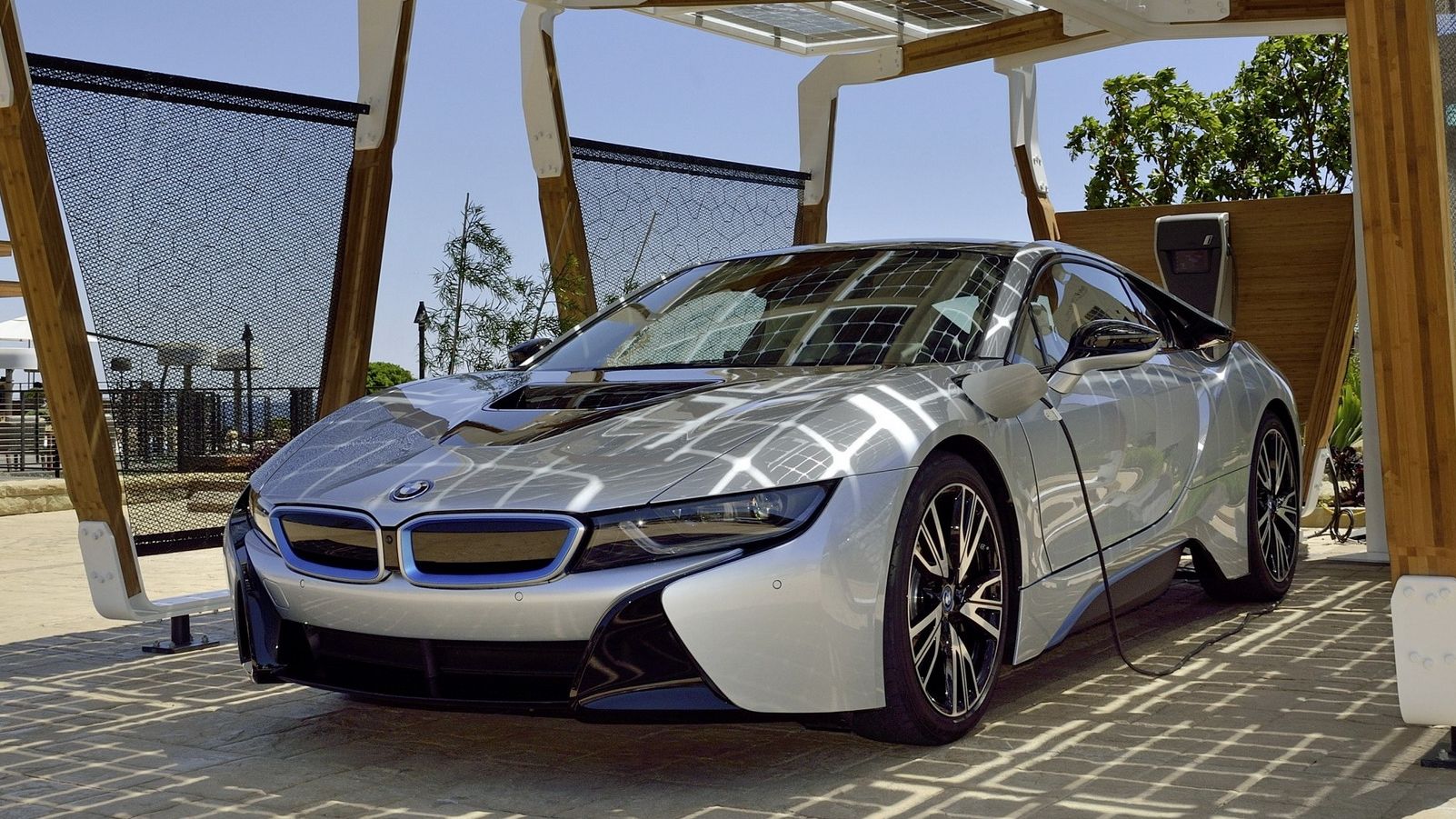BMW->ke178 is intent on showing the world its green-technology->ke1701 chops with a variety of new tech. The company is reportedly making new investments into hydrogen power for the future, and presently, we have the i3 electric->ke4694 and i8 hybrid->ke4622 already patrolling the roadways. But these cars take a regular fill-up at the outlet to run, which can get expensive. If you’re sucking juice off the grid during peak hours, all that money you save at the pump can appear with a vengeance on your utilities bill.
BMW wants to fix that. With a debut at the Consumer Electronics Show this week, the Bavarians plan to reveal i Home Charging Services, which combines “vehicle charging with the household electrical system and online-based data systems” to selectively choose the cheapest electricity available, cutting back on power costs. The automated system uses home-generated solar when available, or off-peak rates from the grid if solar isn’t an option. BMW claims the system could potentially save up to $800 a year for customers in the US.
BMW will also be at CES to uncover a concept product wherein batteries from its i vehicles are repurposed for at-home energy storage, which should help increase efficiency even further. Think of it as hybridizing your house.
The new system aims “to optimize charging costs and – if customers have a home solar generating system – to make possible use of home-generated solar power,” BMW states in a press release. “The fact that the system is integrated with home energy management systems also makes it possible to achieve the best possible balance between household electricity consumption and power used for charging the electric vehicle, thereby helping customers to achieve further cost savings and to make even more efficient use of solar energy.”
BMW hopes to make the new system available to customers as early as next year.
Click past the jump to read more about BMW's new "i Home Charging Services."
Why it matters
Sales for electric vehicles->ke1030 and hybrids->ke147 are increasing every year. While that’s great for gas prices, electricity costs are sure to rise. Complimenting an EV with an at-home energy-management system looks like it could become the norm as we move into a future without the internal-combustion engine. As this transition starts to unfurl, automakers are anticipating future demand. For example, Tesla->ke1842 is building supercharger stations, while Toyota->ke88 is building hydrogen-refueling stations. Clearly, the infrastructure must start with the same companies that build the cars.
BMW i8
Combining advanced technology with a sci-fi exterior design, the i8 is every bit the spiritual successor to the M1 as one might expect. It’s a dynamic, high-end luxury sports car that looks like it belongs on the floor of a major car show as a concept vehicle. But for $135,925, customers can purchase this car and drive it every single day. It’s got a 2+2 layout that employs extensive carbon-fiber-reinforced plastic and aluminum to keep weight to 3,285 pounds, with a driver-centric, leather-trimmed interior that literally hums with innovative gadgetry.
The real draw for the i8 is in the drivetrain, which combines a 1.5-liter, three-cylinder engine to power the rear wheels, and an electric motor to power the front wheels, for a total all-wheel-drive output of 362 horsepower and 420 pound-feet of torque. Pilots can choose between a variety of drive modes for either efficiency or sportiness, and at maximum strength, the i8 can hit 60 mph in a little over four seconds and reach a top speed of 155 mph, all with an on-demand fuel economy of 95 MPGe and 22 miles of pure electric range.

